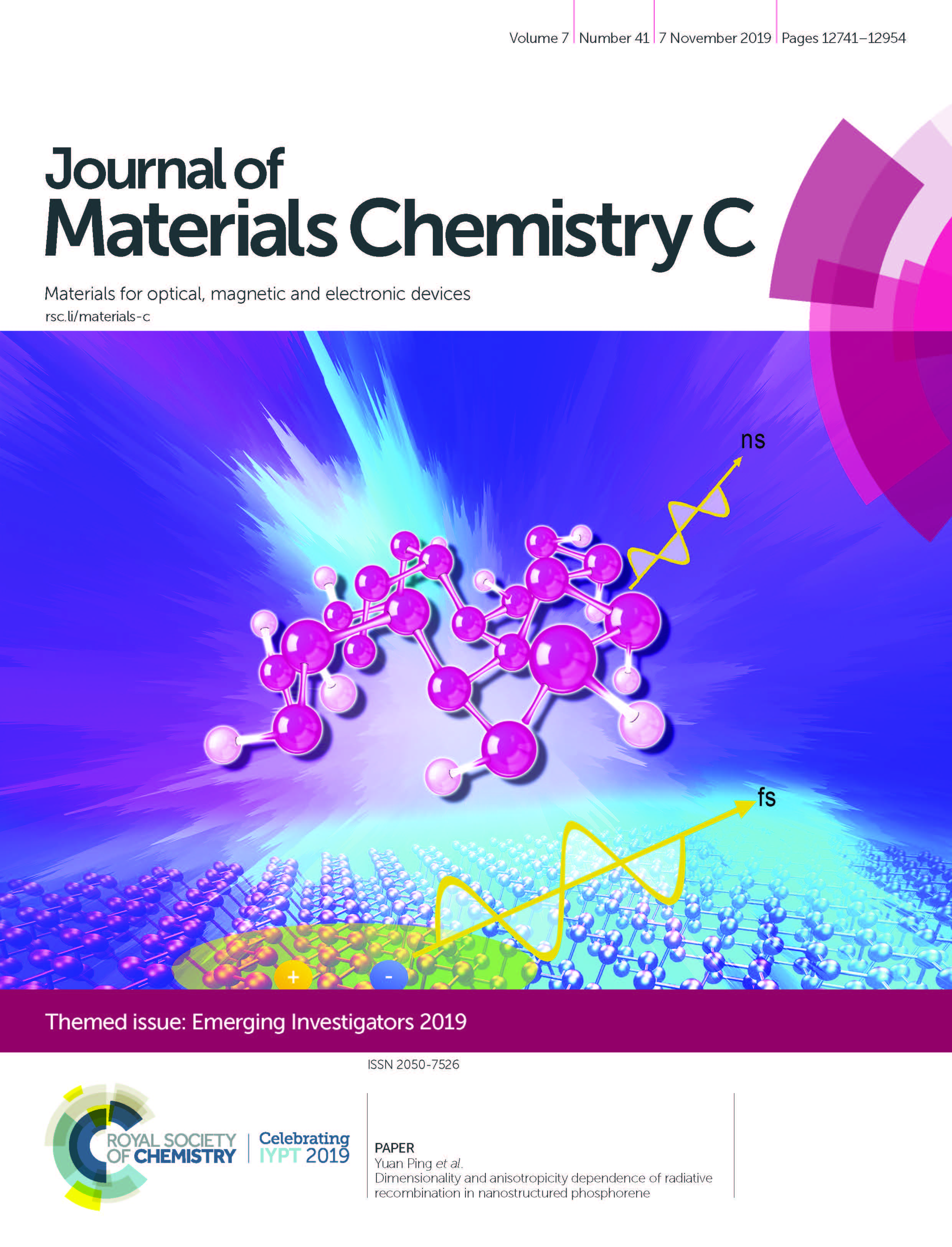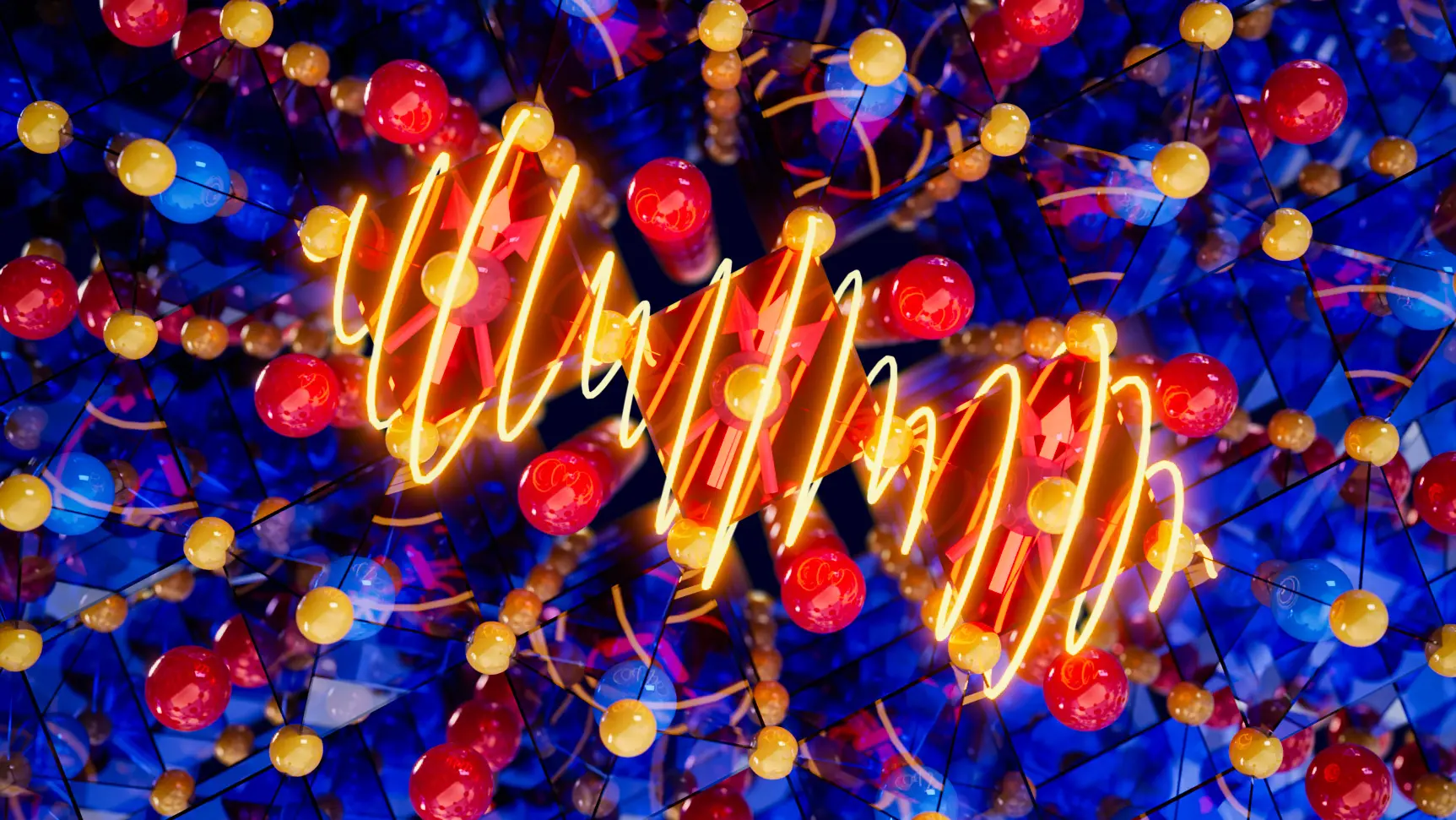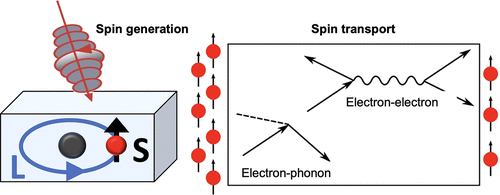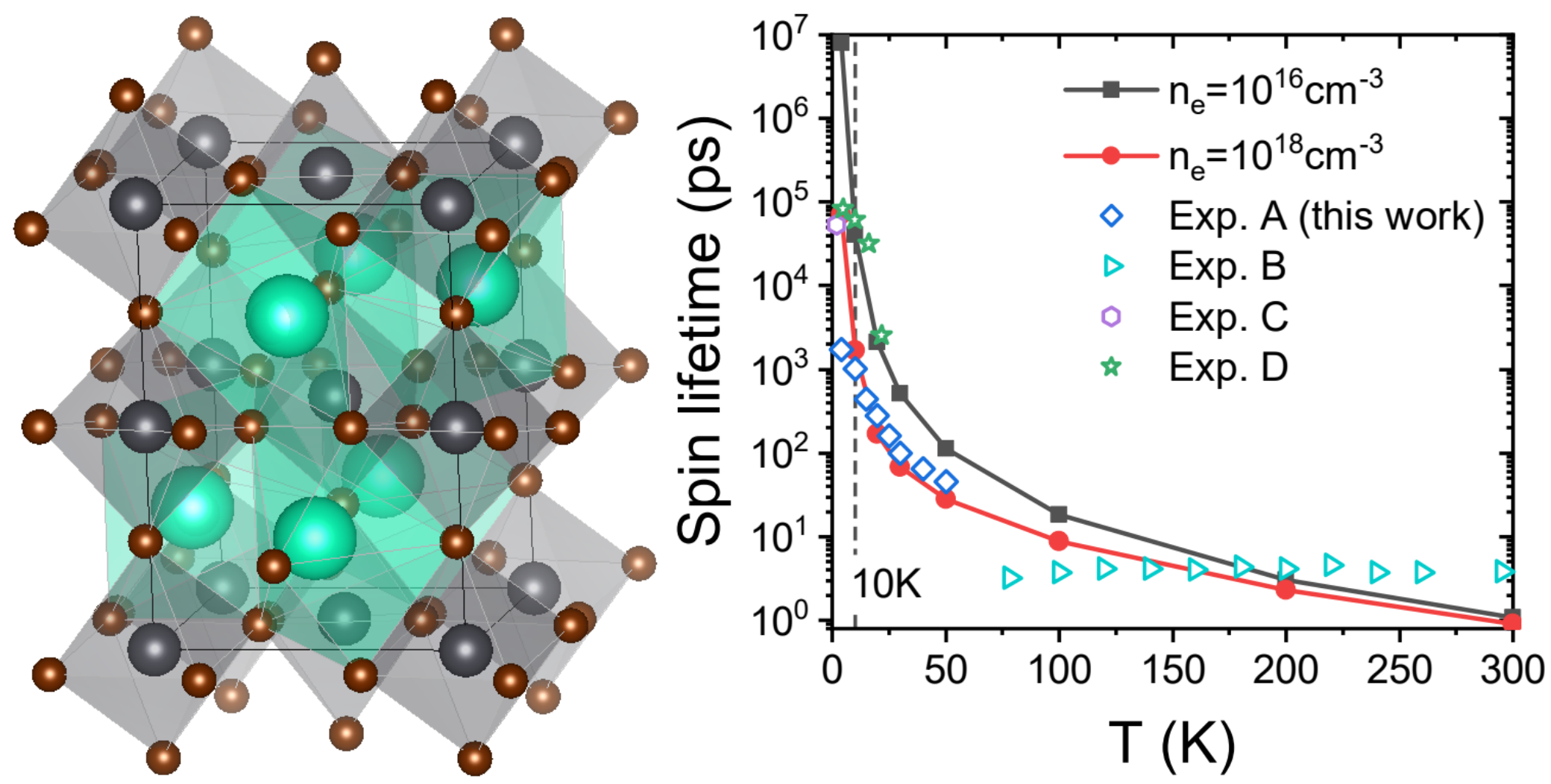Congratulations to Dr. Wu and Prof. Ping on their publication “Dimensionality and Anisotropicity Dependence of Radiative Recombination in Nanostructured Phosphorene” in Journal of Materials Chemistry C as part of Emerging investigators themed issue! The journal cover represents this work.
In this study we study the interplay of dimensionality and anisotropicity on optoelectronic properties and exciton dynamics in low dimensional semiconductors from first-principles, by using nanostructured phosphorene as a prototypical example. We develop a general first-principles framework to study exciton dynamics in low dimensional systems. Specifically we derived the radiative lifetime and light emission intensity from 2D to 0D systems based on many body perturbation theory, and investigated the dimensionality and anisotropicity effects on radiative recombination lifetime both at 0 K and finite temperature, as well as polarization and angle dependence of emitted light. We show that the radiative lifetime at 0 K increases by an order of 103 with the lowering of one dimension (i.e. from 2D to 1D nanoribbons or from 1D to 0D quantum dots). We also show that obtaining the radiative lifetime at finite temperature requires accurate exciton dispersion beyond the effective mass approximation. Finally, we demonstrate that monolayer phosphorene and its nanostructures always emit linearly polarized light consistent with experimental observations, different from in-plane isotropic 2D materials like MoS2 and h-BN that can emit light with arbitrary polarization, which may have important implications for quantum information applications.
Feng Wu, Dario Rocca and Yuan Ping, Journal of Materials Chemistry C, 2019, Emerging investigators themed issue, DOI: 10.1039/C9TC02214G. Link to full article here.





